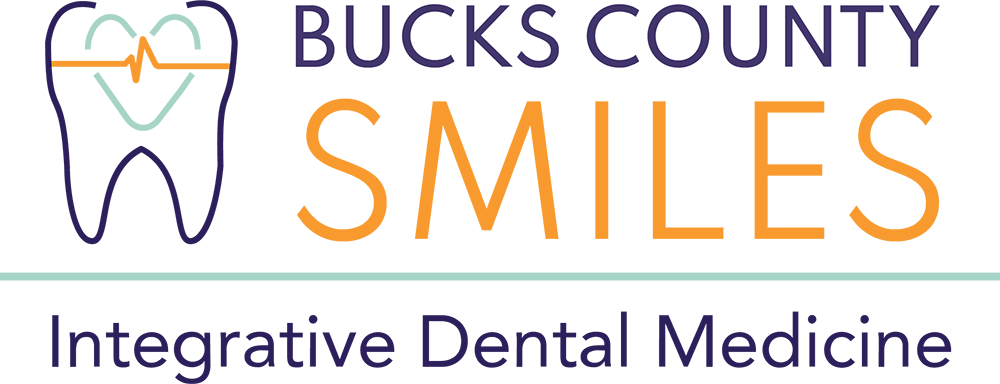Effective communication between dentists and their patients in Yardley, PA is pivotal in creating a positive dental care experience. By enhancing this communication, patients are more likely to adhere to treatment plans, maintain regular dental visits, and manage their oral health proactively. Here are four key strategies to improve communication in dental settings:
Addressing Dental Anxiety: Starting the Conversation
Dental anxiety is a significant barrier that affects numerous patients, potentially leading to postponement of treatments or complete avoidance of dental visits. Recognizing and addressing these fears are the first steps a dentist can take toward establishing trust and improving patient relations.
Open Dialogue
Dentists should initiate the conversation by asking patients about any concerns or fears they might have regarding their appointment. This can be done through pre-appointment surveys or at the beginning of the visit. Acknowledging that dental anxiety is common and that the clinic is equipped to handle such feelings can greatly alleviate patient stress.
Empathy and Understanding
It’s crucial for dental professionals to employ empathy actively. Showing understanding and compassion can make patients feel valued and cared for, which is fundamental in building trust. Dentists should ensure that their patients know that their comfort is a priority, which can transform their perception of dental care.
Creating a Comfortable Environment
The dental office should feel welcoming and calming to patients. Simple changes such as comfortable seating, pleasant lighting, and soothing background music can significantly enhance the patient’s comfort. Providing clear signage and informative brochures in the waiting area can also help reduce anxiety by demystifying dental procedures and what to expect during their visit.
Communication and Oral Health Education
Educating patients about their oral health and dental procedures is another critical aspect of dentist-patient communication. Informed patients are more likely to feel comfortable with treatments and participate actively in their oral health management.
Simplify Medical Jargon
Dentists should strive to use layman’s terms when explaining diagnoses or treatment plans. Complex medical terminology can be confusing and may cause patients to feel overwhelmed or disconnected. Simple language helps ensure that patients fully understand their health status and the recommended procedures.
Use of Visual Aids
Incorporating visual aids such as diagrams, photos, and models can significantly improve understanding and retention of information. For example, showing a visual comparison of healthy vs. diseased gums can more effectively convey the urgency of good oral hygiene than verbal description alone.
Follow-Up Materials
Providing patients with printed or digital materials that summarize the discussed treatment plan can be very beneficial. These materials allow patients to review the information at their own pace and serve as a reminder of the dentist’s instructions. They also provide a point of reference for any questions that might arise after the appointment.
Encourage Questions and Feedback
A key component of effective communication is the exchange of information. Dentists should encourage patients to ask questions and express their concerns. This not only helps in clearing any misunderstandings but also reinforces the patient’s role in the decision-making process regarding their treatment.
Active Listening
Active listening involves giving full attention to the speaker, understanding their message, and responding thoughtfully. Dentists should practice active listening to ensure they fully grasp the patient’s concerns and preferences, which can guide the customization of treatment plans.
Feedback Mechanisms
Implementing a system for collecting patient feedback can provide insights into areas of improvement and affirm what the practice is doing well. Feedback can be collected through follow-up calls, emails, or feedback forms provided at the end of a visit.
Continuous Improvement and Professional Development
The field of dentistry, like all areas of healthcare, is continually evolving. Staying updated with the latest communication techniques and patient care strategies is essential for all dental practitioners.
Training and Workshops
Regular training sessions and workshops can equip dental staff with advanced communication skills and updated knowledge on handling various patient interactions, particularly with those who have severe anxiety or unique dental care challenges.
Peer Collaboration
Engaging with peers in the dental community can provide additional insights and strategies for effective communication. Networking with other professionals can introduce new ideas and methods that have been successful in other practices.
Improving dentist-patient communication is an ongoing process that requires commitment and adaptability. Get in contact with our doctors, Dr. David Faust and our exceptional team at our practice to schedule an appointment today!


